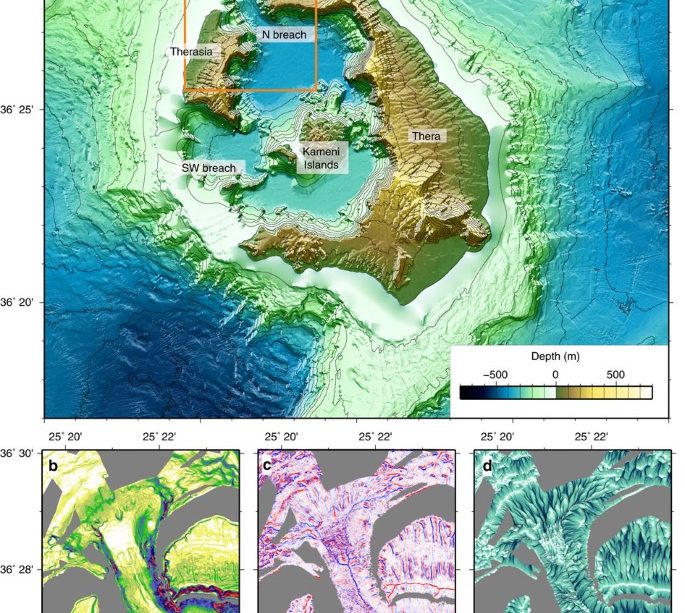Unveiling the Santorini Volcano: History and Activity

Introduction
The Santorini volcano, located in the Aegean Sea, is not just a stunning geological marvel; it is also a pivotal part of the island’s history and culture. Renowned for its breathtaking caldera views and spectacular sunsets, the volcano remains an active site of geological interest and tourism. Its significance extends beyond aesthetics, as researchers continue to study its eruptions and the impact these have had on the region’s development over millennia.
Historical Significance
The Santorini volcano, known as Thera to ancient Greeks, erupted catastrophically around 1600 BCE. This eruption is believed to have contributed to the decline of the Minoan civilization on nearby Crete, with volcanic ash and debris affecting agriculture and communities. Archaeologists have uncovered ruins at Akrotiri, a Minoan settlement that was preserved under layers of ash, providing a wealth of information about life during this era.
Recent Volcanic Activity
In recent years, there has been renewed scientific interest in the Santorini volcano, particularly after monitoring efforts detected increased seismic activity. A significant increase in the amount of gas emissions has raised concerns about possible eruptions. In July 2023, researchers reported that changes in the geothermal activity might indicate the volcano is recharging, although no imminent threat has been detected. The Hellenic Institute of Geodynamic forecasts continued monitoring of the volcano to ensure the safety of both residents and tourists, as well as to further scientific understanding.
Tourism and Its Impacts
Santorini’s volcanic landscape has made it a popular tourist destination, attracting millions of visitors each year. Iconic white-washed buildings with blue domes dot the caldera, providing visitors with picturesque views while promoting local businesses. However, the influx of tourism also poses challenges. Increased foot traffic and development can strain the delicate environment surrounding the volcano, leading to calls for sustainable tourism practices. Balancing the economic benefits of tourism with the preservation of the volcanic ecosystem is essential for maintaining the island’s appeal.
Conclusion
The Santorini volcano is an essential natural feature that shapes the culture, history, and economy of the region. As scientific communities continue to monitor its activity, understanding its past and present is crucial for the safety and sustainability of the area. For tourists, the allure of Santorini remains strong, but awareness of the consequences of their visit is vital for preserving this unique destination for future generations. With ongoing research and sustainable tourism initiatives, the legacy of the Santorini volcano will endure, allowing both history and natural beauty to inspire future explorers.




